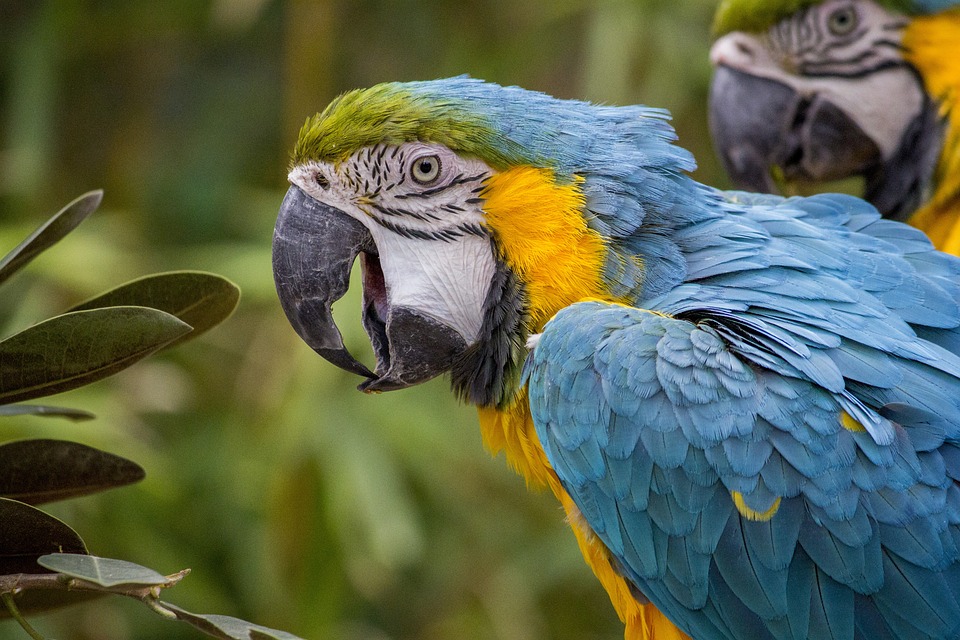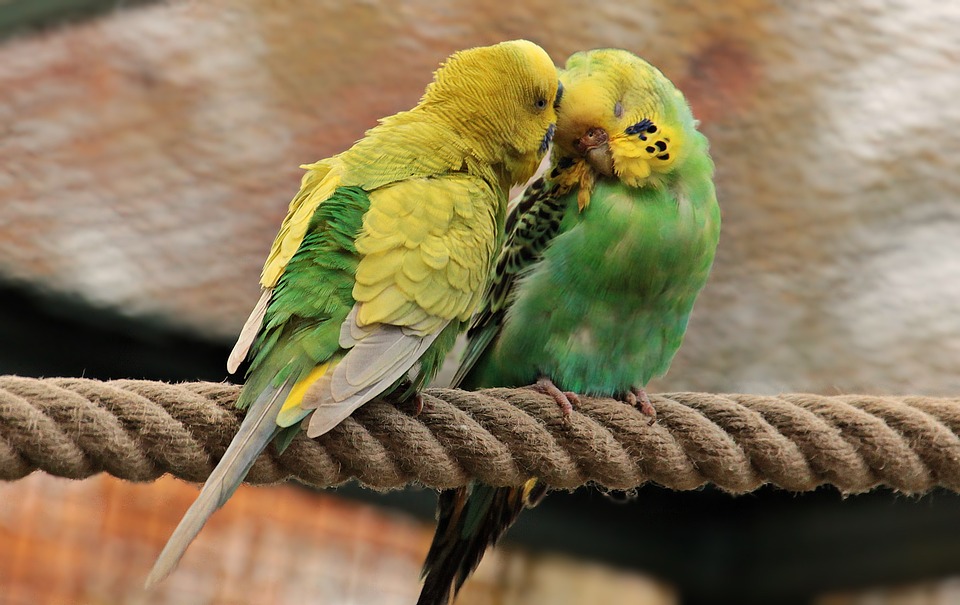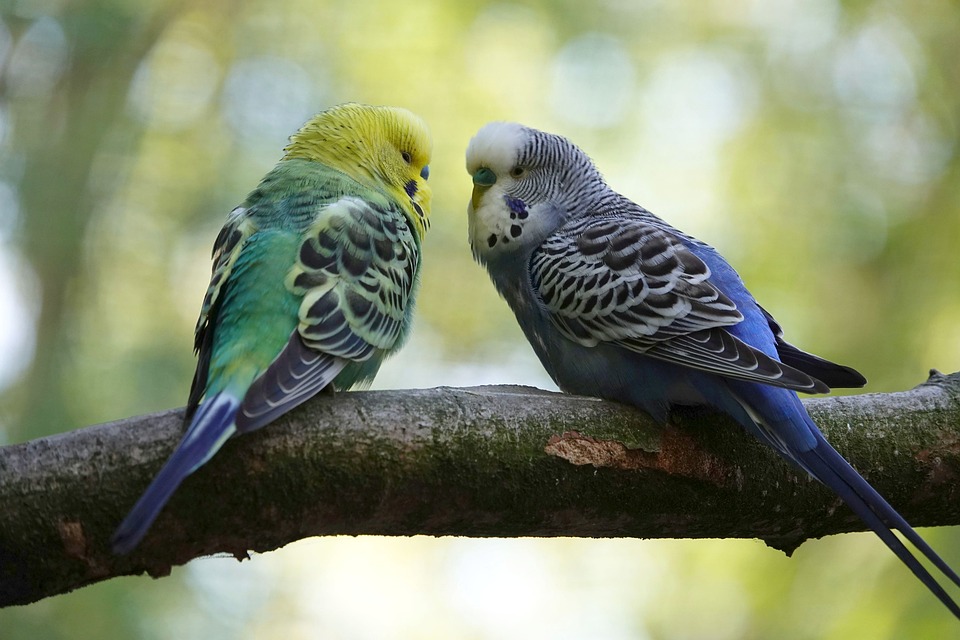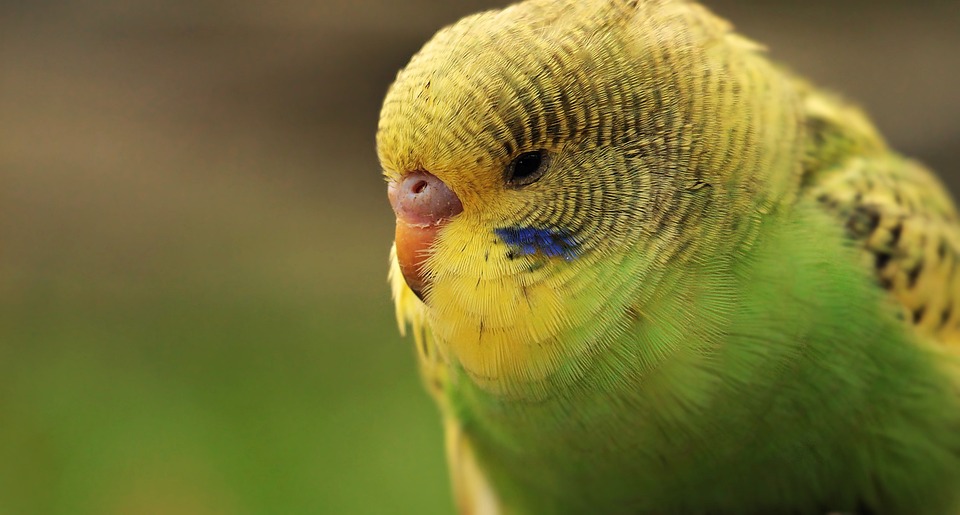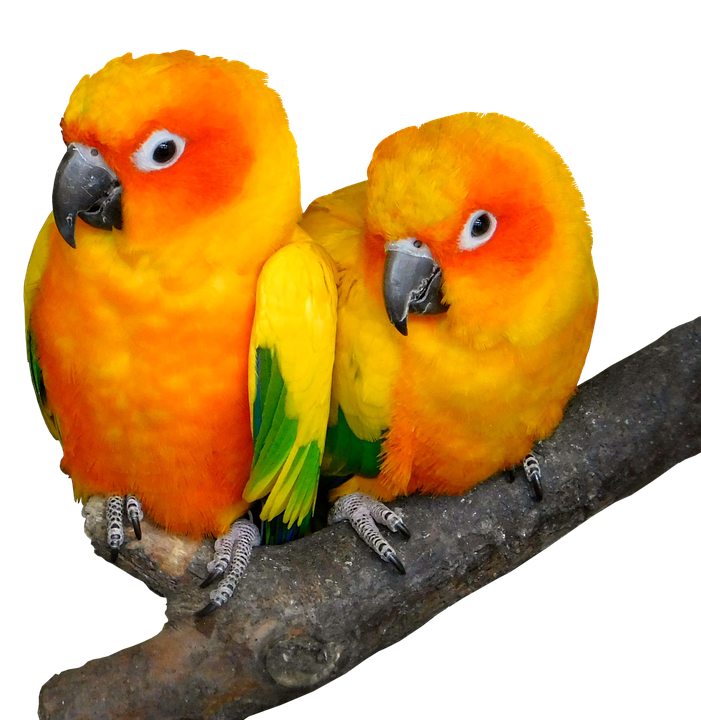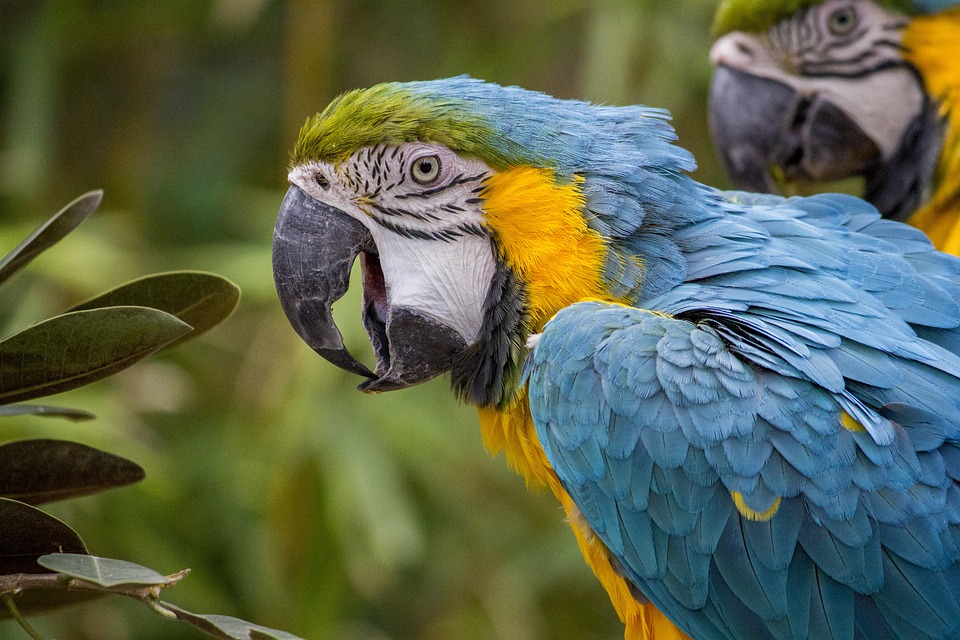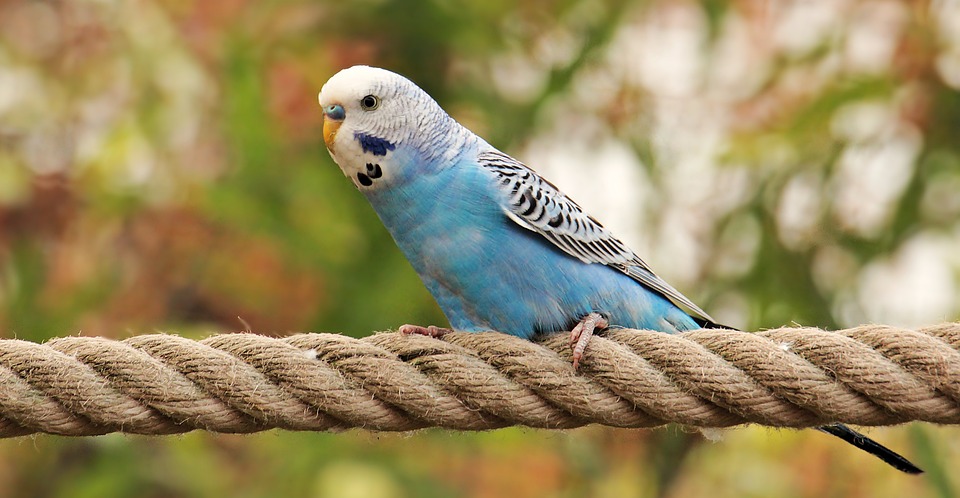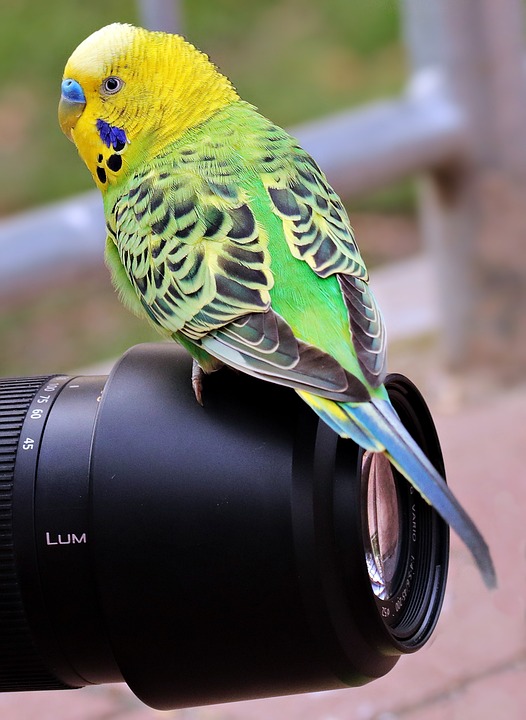Building trust and bonding with your parrot is crucial for successful training sessions. Recognizing signs of trust and bonding is essential to ensure that your parrot feels comfortable and engaged during training exercises. In this article, we will explore various indicators that demonstrate a strong bond and trust between you and your parrot.
One of the primary ways to gauge trust and bonding is through eye contact and body language. When your parrot maintains eye contact with you during training exercises, it indicates a level of trust and attentiveness. Similarly, observe your parrot’s body language for signs of relaxation, such as a relaxed posture, fluffed feathers, or a calm demeanor. These are positive indicators that your parrot feels safe and trusts you.
Parrots are known for their ability to mimic sounds and human speech. When your parrot starts imitating your words or vocalizes in response to your cues during training, it signifies a strong bond and trust. This behavior shows that your parrot is actively engaging with you and trying to communicate, indicating a positive connection between you both.
A parrot that willingly participates in training exercises demonstrates a high level of trust and bonding. Look for signs such as your parrot readily stepping onto your hand or perch, eagerly approaching training props, or showing excitement when you bring out training treats or toys. These behaviors indicate that your parrot feels comfortable and trusts you enough to actively engage in the learning process.
During training sessions, observe your parrot’s overall demeanor for signs of calmness and relaxation. A parrot that feels safe and bonded with you will exhibit relaxed body language, steady breathing, and may even preen or groom itself while training. Conversely, signs of stress, such as excessive wing-flapping, screaming, or aggressive behavior, indicate a lack of trust and bonding. In such cases, it’s important to reassess your training approach and focus on building a stronger bond with your parrot before proceeding further.
Parrots, like humans, enjoy playtime and affectionate interactions. If your parrot displays playful behaviors during training, such as hopping, dancing, or engaging in interactive games, it indicates a strong bond and trust. Additionally, parrots may show affection by gently nibbling your fingers, preening your hair, or seeking physical contact. These actions highlight the level of trust and affection your parrot has developed towards you.
Q: How long does it take to build trust and bonding with a parrot?
A: Building trust and bonding with a parrot is a gradual process that varies from bird to bird. It may take weeks or even months to establish a strong bond, depending on the parrot’s personality, previous experiences, and the time you invest in building the relationship.
Q: What if my parrot shows signs of fear or aggression during training?
A: Fear or aggression during training indicates a lack of trust and bonding. It’s essential to pause and reassess your training methods. Make sure you are using positive reinforcement techniques, maintaining a calm and patient demeanor, and creating a safe environment for your parrot. Seek professional advice if needed.
Q: Can I build trust and bonding with an older parrot?
A: Yes, it is possible to build trust and bonding with an older parrot. While it may take more time and patience, providing a consistent and positive training experience can help establish a strong bond and trust, regardless of the parrot’s age.
Q: Are trust and bonding essential for parrot training?
A: Absolutely! Trust and bonding are fundamental for successful parrot training. A strong bond ensures that your parrot feels secure, comfortable, and motivated to learn from you. Without trust and bonding, training sessions may become challenging and ineffective.
Remember, building trust and bonding with your parrot is a continuous process that requires patience, consistency, and positive reinforcement. By recognizing the signs mentioned above, you can gauge the level of trust and bonding you have established with your parrot, ensuring a successful and fulfilling training journey.

